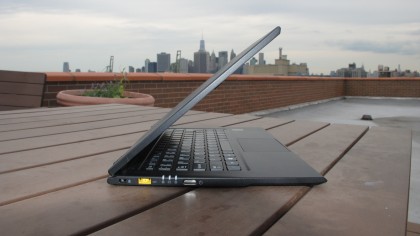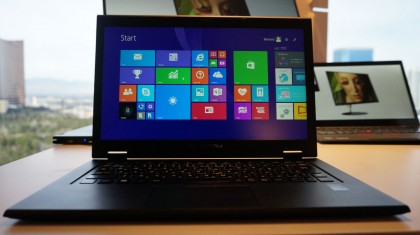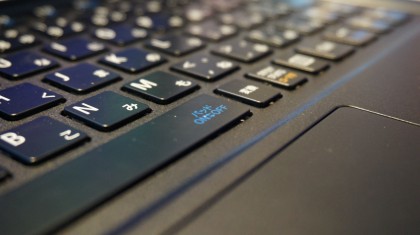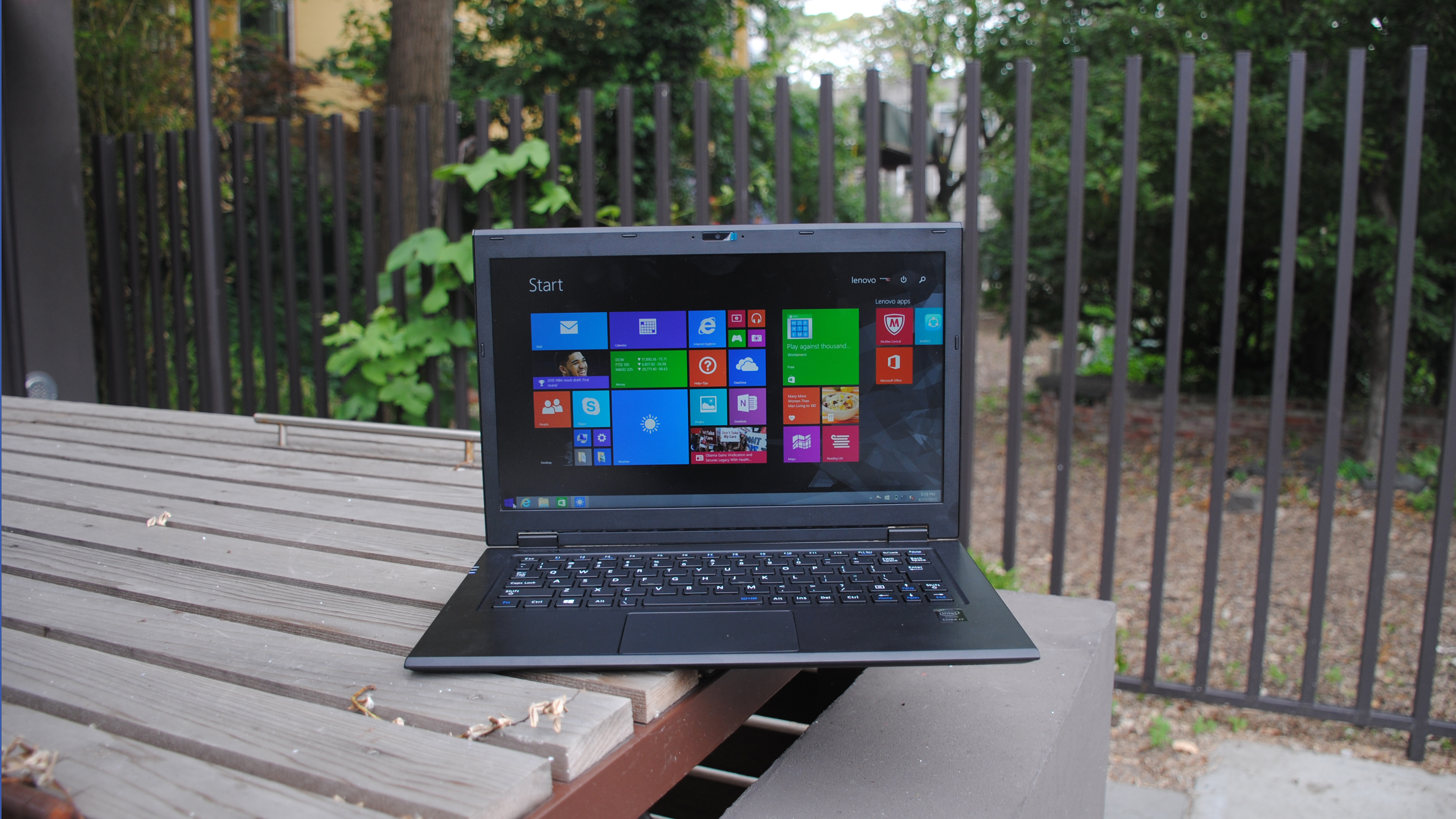TechRadar Verdict
A few minor flaws separate the LaVie from the best laptops in the world. Unfortunately, given that it's dramatically more expensive than its competitors, the LaVie is a cut just below.
Pros
- +
Lightest laptop in the world
- +
Excellent WQHD screen
- +
Core i7 processor
Cons
- -
Astronomical price tag
- -
Mediocre battery life
- -
Japanese-style keyboard
Why you can trust TechRadar
When Lenovo unveiled the $1,499, NEC-made LaVie Z HZ550 (US-only, but about £952, AU$1,936) at CES 2015, it caused an uproar in the tech industry. This 1.87-pound (0.78kg) notebook had broken the record for the lightest laptop on the market. Its cousin, the $1,699 LaVie Z 360 (also US-only, but about £1,079, AU$2,195) – a 2.04-pound (0.92kg) hybrid device – would do the same for 2-in-1 laptops.
Unfortunately for Lenovo, during the time between the laptop's January unveiling and its general release in May, several superb Ultrabooks made their way onto the scene.
Not to be outdone by Lenovo's lightweight LaVie, Dell unveiled the XPS 13 (starting at $799, about £520, AU$980) – a laptop whose screen dazzled beyond compare. And Asus unveiled the Zenbook UX305 ($699, £649, about AU$902), an affordable lightweight with a top-flight spec sheet. Both Ultrabooks received five-star reviews from TechRadar, an honor seldom bestowed by our staff.
Of course, no Ultrabook conversation is complete without mentioning the 13-inch MacBook Air (starting at $999, £949, AU$1,249), a problematic laptop that continues to wow the masses.
Although the LaVie doesn't reach the same Olympian heights as the XPS 13 and the Zenbook, it's a notebook that demands a place near the top of the best Ultrabook conversation.
Design
When you lift the LaVie, you'll think you're handling a prototype that features no internal hardware. That's how impressively light this avant garde device is. Compared to the entry-level XPS 13, which weighs 2.6 pounds (1.17kg) – and the Zenbook UX305, which weighs 2.65 pounds (1.18kg) – the LaVie is noticeably lighter and dramatically more comfortable to transport. The MacBook Air, which weighs 2.69 pounds (1.22kg), is no longer worthy of its Air status.

At just 0.7 inches (18mm) thin, the LaVie is slightly thicker than the 0.68-inch MacBook, and the 0.6-inch (15mm) XPS 13, and perceptibly thicker than the 0.5-inch (1.27mm) Zenbook. With that being said, you won't notice one- or two-tenths of an inch in your day-to-day use, so this head-to-head-to-head should be considered a wash.
Unlike the XPS 13 and the Zenbook, the LaVie feels a bit flimsy. I didn't perform any drop tests on the device, but unlike its competitors, I felt the external shell give as I pressed along the magnesium-lithium chassis. This doesn't indicate any sort of flawed build quality, however it does make it aesthetically less pleasing than its competitors, both of which feature top-notch, sturdy and sexy build materials.
Lenovo chose to go with an understated black chassis that is inoffensive in every way. The LaVie won't add any style points to your desk space, but by no means should it be a turn-off. After a few months of use, you'll likely detect smudges, fingerprints and scratches along the chassis and palm rest. But this isn't a big issue, especially compared to more inexpensive laptops on the market that are worthy of a paper bag after a few months' use.
The LaVie's 13.3-inch WQHD (2,560 x 1,440), LED anti-glare screen is one of the best I've ever tested. It produces consistent, dynamic colors that are present from screen corner to screen corner.

Light glare is minimal. You can totally enjoy this device in the park or on the beach, just make sure the sun isn't directly over your shoulder. Of course, it can't compete with the XPS 13's full HD "Infinity Display," which features a bezel-less design … but it's pretty darn close.
One design choice that Lenovo is going to have to reconsider for next year's model is the NEC-made Japanese keyboard, which is going to confuse the heck out of anyone who is used to traditional American keyboards. You'll likely be turned off by the miniature space bar, the superfluous Forward Space button, and the miniscule Alt, Insert, Delete, and Control keys that line the bottom row.

I've never been a proponent of Lenovo keyboards and trackpads, specifically those of the ThinkPad line. I had a different experience with the LaVie. Despite my lack of familiarity with Japanese keyboards, I enjoyed myself once I became accustomed to each key's positioning.
I thoroughly enjoyed using the trackpad, which features a minimalist design, similar to the trackpad on a MacBook. There are no buttons, no dividing lines, no nothing. It's just a simple and accurate pad that enables you to scroll, click and highlight. Gorgeous.
